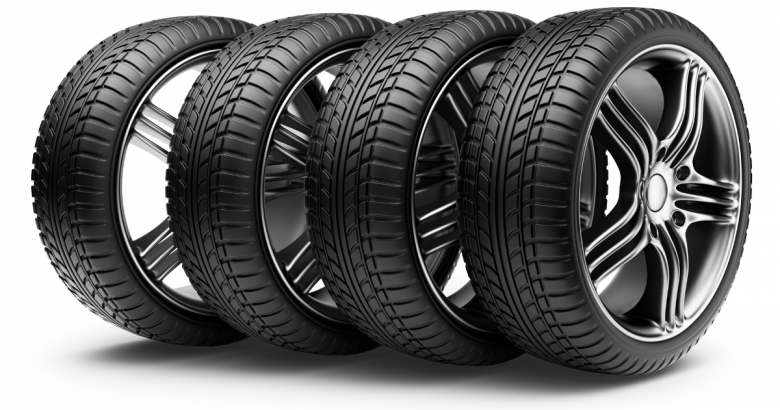
Rubber from Dandelions
As you are probably aware, rubber is a key component of tires. What you may not know, however, is that there are two types of rubber used in tire manufacturing. The first is synthetic rubber, a type of rubber that is made from petroleum. It comprises about 70% of the rubber in your average tire. Natural rubber is the other type and it is made from the latex sap harvested from rubber trees. Natural rubber makes up about 30% of the rubber in today’s tires.
However, there is a problem. Over the last few decades, the fluctuations in the growing cycles of rubber trees have varied enough to affect the world’s rubber supply . During some seasons, the latex yield is strong and, in others, it is weak. These fluctuations in the supply of natural rubber makes the production of tires difficult to control. It should be noted that some attribute these more exaggerated fluctuations to global warming.
Continental, a large German tire manufacturing company, decided it was time to look for alternatives to rubber tree latex. Fortunately, rubber trees are not the only source of natural latex so the search was on. Eventually they came up with an easy to grow alternative: dandelions. As it turns out, the milky fluid that comes out of dandelions is a latex that is similar enough to rubber tree latex that it can be used to make tires.
This was good news for Continental. First, they are an easy to grow plant that can be cultivated on land not suitable for other crops. This means that dandelion latex plants could be grown on land not far from production plants. This allows better control of the growing process and it eliminates the long and costly journey South America or West Africa.
According to Roberts Honda of Downington, a local Honda dealer in Downington, PA, technically, the rubber that is produced from the dandelion root is called Taraxagum. The name comes from the botanical name for the dandelion: Taraxacum. Especially good news is that not only is Taraxagum a nice alternative to rubber tree compounds, it is higher yielding. Continental was able to extract several kilos of dandelion latex from a small pilot system. But how does it perform? The initial tests run so far with Taraxagum are encouraging. Tires made from the substance perform closely to those made from conventional natural rubber.
The scientists at Continental are excited about this but challenges exist in the cultivation of enough dandelions to make industrial-scale production possible.